Opioid Settlement Update: Deadlines, Incentives
17 Aug 2021, by Kelli Brassfield Share :In 2017, counties nationwide brought lawsuits against major pharmaceutical companies for supplying large quantities of opioids and selling them through deceptive marketing campaigns. The health and financial tolls of the national opioid drug epidemic prompted the lawsuits.
Across the country, states are beginning to reach settlements on opioid litigation. These settlements, if agreed and adopted, will provide substantial funds to states and subdivisions for abatement of the opioids epidemic across the country and will impose transformative changes in the way the settling defendants conduct their business.
The default settlement allocates 15% to local governments, 15% to the states and 70% to abatement funds, but each can work with their state Attorney General to negotiate a different allocation plan. For example, North Carolina negotiated to get 15% to the state, which the General Assembly would appropriate to address the epidemic, 80% to local governments, including all 100 counties and 17 municipalities and lastly, five percent to an incentive fund to encourage counties and medium-to-large municipalities to sign on to the agreement.
On Wednesday, July 21, 2021, the National Prescription Opiate Litigation MDL Plaintiffs’ Executive Committee, several State Attorneys General, and four major defendants announced agreement on terms of proposed nationwide settlements to resolve all opioids litigation brought by states and local political subdivisions against opioid manufacturer Johnson & Johnson and the “Big Three” drug distributors AmerisourceBergen, Cardinal Health, and McKesson. These settlements, if agreed and adopted, will provide substantial funds to states and subdivisions for abatement of the opioids epidemic across the country and will impose transformative changes in the way the settling defendants conduct their business.
Now that there has been an agreement on the terms of proposed nationwide settlements, states and local political subdivisions have a deadline to decide whether they want to participate. State Attorneys General have 30 days to decide and give notice to the settling defendants, and the local political subdivisions have 120 days to decide to participate. After states and local political subdivisions have agreed, settlement funds will be distributed based on the allocation plan, and there will be continuing efforts to increase participation by all litigating and non-litigating subdivisions in order to achieve incentives. For the latest information on the National Opioid Settlement including timelines/deadlines and incentives, visit the National Opioid Settlement website.
Idaho’s Attorney General Lawrence Wasden and Governor Brad Little have announced their intention to have Idaho join two national opioid settlements, totaling up to $26 billion. The settlements include up to $119 million for Idaho and its counties and cities.
Idaho’s local political subdivisions will be offered the opportunity to join in the settlements. Their joining now will maximize the benefit of these settlements with most of the money going to expert-approved opioid abatement strategies. The settlements are contingent upon enough other states also joining the agreement. That decision is expected to be announced in early September.
“These settlements will lead to programs that will help Idahoans dealing with opioid-related addiction, particularly if cities and counties act now,” Wasden said. “It is my judgment that it is in the State of Idaho’s best interests to join. I urge our local subdivisions to join the state so we can maximize our recovery and enable them to receive benefits under the settlements in order to take care of our citizens.”






